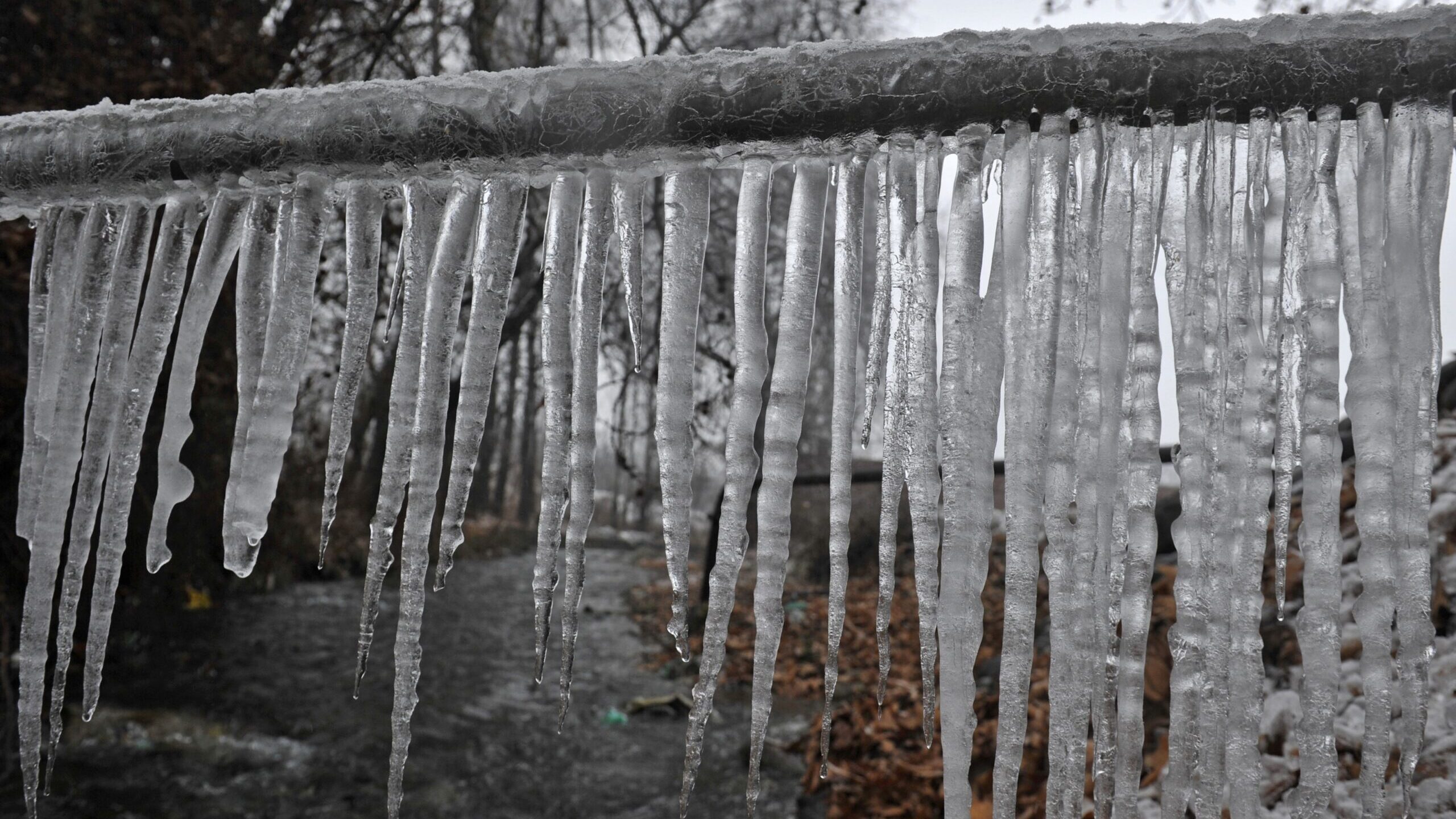Ways to Safeguard Your Plumbing from Freezing: Key Advice
Ways to Safeguard Your Plumbing from Freezing: Key Advice
Blog Article
We've unearthed this post relating to 6 Ways to Prevent Frozen Pipes listed below on the internet and accepted it made sense to write about it with you here.
:strip_icc()/snow-outdoor-faucet-pipes-4af65d1e5e904fb1aa7bf74071fe5d89.jpg)
Cold weather can wreak havoc on your plumbing, especially by freezing pipes. Here's how to prevent it from happening and what to do if it does.
Intro
As temperature levels decline, the threat of frozen pipes increases, possibly bring about expensive repair work and water damage. Recognizing exactly how to prevent icy pipes is essential for homeowners in chilly environments.
Understanding Icy Pipes
What triggers pipes to freeze?
Pipelines freeze when revealed to temperatures listed below 32 ° F (0 ° C) for extended periods. As water inside the pipelines freezes, it broadens, taxing the pipe wall surfaces and possibly causing them to rupture.
Threats and problems
Frozen pipes can cause water supply disruptions, building damages, and expensive repair work. Burst pipes can flood homes and create considerable structural damage.
Signs of Frozen Pipeline
Identifying icy pipelines early can prevent them from rupturing.
Exactly how to determine frozen pipes
Look for lowered water circulation from taps, unusual odors or sounds from pipelines, and noticeable frost on subjected pipes.
Avoidance Tips
Protecting susceptible pipelines
Wrap pipes in insulation sleeves or make use of warm tape to protect them from freezing temperature levels. Focus on pipelines in unheated or outside locations of the home.
Heating strategies
Keep indoor spaces properly warmed, especially locations with pipes. Open closet doors to allow warm air to flow around pipes under sinks.
Safeguarding Exterior Pipes
Garden pipes and exterior taps
Disconnect and drain yard hoses before wintertime. Mount frost-proof faucets or cover exterior taps with insulated caps.
What to Do If Your Pipes Freeze
Immediate actions to take
If you suspect frozen pipes, keep faucets available to ease stress as the ice melts. Utilize a hairdryer or towels soaked in hot water to thaw pipelines gradually.
Long-Term Solutions
Structural adjustments
Think about rerouting pipelines far from outside wall surfaces or unheated areas. Add additional insulation to attic rooms, basements, and crawl spaces.
Updating insulation
Buy high-grade insulation for pipes, attics, and wall surfaces. Appropriate insulation aids preserve consistent temperature levels and minimizes the risk of icy pipes.
Final thought
Avoiding icy pipelines requires aggressive steps and fast feedbacks. By comprehending the reasons, signs, and safety nets, homeowners can safeguard their pipes throughout winter.
5 Ways to Prevent Frozen Pipes
Drain Outdoor Faucets and Disconnect Hoses
First, close the shut-off valve that controls the flow of water in the pipe to your outdoor faucet. Then, head outside to disconnect and drain your hose and open the outdoor faucet to allow the water to completely drain out of the line. Turn off the faucet when done. Finally, head back to the shut-off valve and drain the remaining water inside the pipe into a bucket or container. Additionally, if you have a home irrigation system, you should consider hiring an expert to clear the system of water each year.
Insulate Pipes
One of the best and most cost-effective methods for preventing frozen water pipes is to wrap your pipes with insulation. This is especially important for areas in your home that aren’t exposed to heat, such as an attic. We suggest using foam sleeves, which can typically be found at your local hardware store.
Keep Heat Running at 65
Your pipes are located inside your walls, and the temperature there is much colder than the rest of the house. To prevent your pipes from freezing, The Insurance Information Institute suggests that you keep your home heated to at least 65 degrees, even when traveling. You may want to invest in smart devices that can keep an eye on the temperature in your home while you’re away.
Leave Water Dripping
Moving water — even a small trickle — can prevent ice from forming inside your pipes. When freezing temps are imminent, start a drip of water from all faucets that serve exposed pipes. Leaving a few faucets running will also help relieve pressure inside the pipes and help prevent a rupture if the water inside freezes.
Open Cupboard Doors
Warm your kitchen and bathroom pipes by opening cupboards and vanities. You should also leave your interior doors ajar to help warm air circulate evenly throughout your home.

I discovered that page on Helpful Tips to Prevent Frozen Pipes this Winter while surfing around the web. Are you aware of somebody else who is very much interested in the niche? Take a moment to promote it. Thanks for your time. Revisit us soon.
Explore Now Report this page